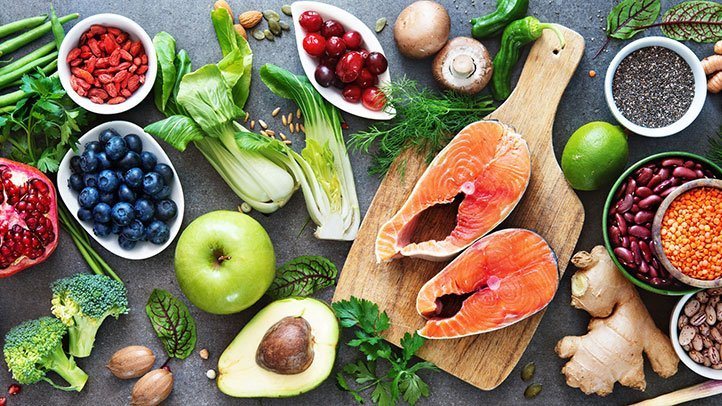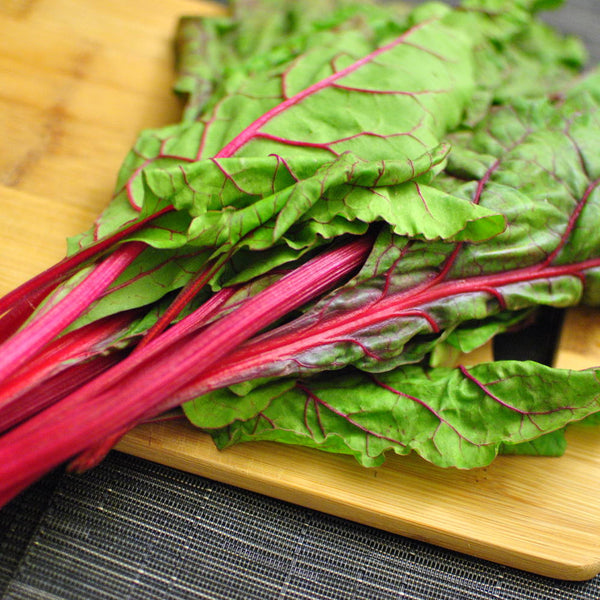
What is the Mediterranean Diet?
The Mediterranean Diet reflects the dietary choices and patterns of the countries bordering the Mediterranean Sea.
The fundamentals of this diet are very similar to the Australian Dietary Guidelines, however has a few differences and these are based on greater intakes of olive oil, nuts, fish and red wine, while using traditional cooking styles which includes eating locally sourced foods.
Interestingly there is no specific fat restriction, however fats are mostly be derived from fatty fish and plant sources (particularly olive oils or nuts). The general principles are readily adaptable in any cuisine.
Photo by rawpixel on Unsplash Image Credit Name: Carnivore Style
These few differences of the Mediterranean diet have been shown in research (1-4) to reduces the risk of heart disease if you have the following risk factors:
- Previous Cardiovascular Disease events
- Smoker
- Hypertension (high blood pressure)
- High LDL and low HDL (poor blood lipids/fats)
- High Body Mass Index (overweight and obese)
- A family history of CVD
The following points are the most important dietary patterns and food choices apart of the Mediterranean Diet (1-4):
High monounsaturated (e.g. olive oil) to saturated (e.g. fatty red meat) fat ratio – at least 2:1.
- Use extra virgin olive oil as the main added fat (aim for around 60 mls /day or 4 tbsp).
- Include at least one serving of nuts (30g per serve) per week
High intake of legumes
- Include at least two legumes meals (150g per serve) per week, ideally three meals.
High intake of fruits and vegetables
- Eat vegetables with every meal (include 100g leafy greens and 100g tomatoes, and 200g other vegetables/day).
- Eat fresh fruit every day (2-3 serves)
Moderate quantities of fish, white meat and low-fat dairy
- Eat at least two servings of fish (100-150g per serve) per week, ideally three and include oily fish: for example, Atlantic and Australian salmon, blue-eye trevalla, blue mackerel, canned sardines, and canned salmon.
- Eat yoghurt every day (about 200g) and cheese in moderation (about 30 to 40 grams per day).
- Limit the use of butter, margarine and cream.
- Choose chicken, turkey or rabbit instead of veal, pork, hamburgers or sausages and consume no more than 1 serving (100-150g) per day when consumed
Low to moderate consumption of red wine
- Consume wine in moderation (one standard drink a day, which is about 100mls), always with meals and don't get drunk.
- Include at least two alcohol-free days per week.
Low intake of red meat, processed meat and eggs
- Eat smaller portions of meat (beef, lamb, pork and chicken) and less often (no more than once or twice a week).
Low intake of sweets, sweet desserts and sweet drinks (no more than one per day, ideally none)
- Cookies, cakes, biscuits or custard
- Under one glass of sugary drinks per day, preferable nil.
Cook at least twice weekly with a sauce of tomato, onion, and garlic:
- Should be made by simmering these ingredients in olive oil.
- Use this as dressing for vegetables, pasta, rice, and other dishes.
Taking the next step:
Just like all dietary approaches, there is no one size fits all. If you are considering these types of diets, you need advice from an Accredited Practising Dietitian (APD) with an interest and expertise in this area of nutrition. It’s going to require meticulous planning to adjust your diet to achieve this style of eating for long-term success. Not to mention that the most successful nutritional strategy is one that is individualised, that takes into consideration culture, food availability and personal preferences. And of course, follows recommendations that encourage a variety of foods from the five main food groups each day. Key to any nutritional strategy or dietary success is ensuring that it can be maintained over the long term, whilst providing adequate amounts of nutrients and kilojoules to achieve optimal health and wellbeing. Working with an ADP ensures the approach is right for you, long-term habits are developed to prevent a yo-yo effect, and you don’t just blindly follow what the latest celebrity trend is.References
- De Lorgeril M, Renaud S, Mamelle N, et al. Mediterranean alpha-linolenic acid-rich diet in secondary prevention of coronary heart disease. Lancet, 1994;343: 1454–9.
- Estruch R, Ros E, Salas-Salvado J, et al; PREDIMED Study Investigators. Primary prevention of cardiovascular disease with a Mediterranean diet. N Engl J Med, 2013;368: 1279–90.
- Nordmann AJ, Suter-Zimmermann K, Bucher HC, et al. Meta-analysis comparing Mediterranean to low-fat diets for modification of cardiovascular risk factors. Am J Med, 2011;124: 841–51.e2.
- Itsiopoulos C, Brazionis L, Kaimakamis M, eet al. Can the Mediterranean diet lower HbA1c in type 2 diabetes? Results from a randomized cross-over study. Nutr Metab Cardiovasc Dis, 2011 Sep;21(9): 740–7. DOI: 10.1016/j.numecd.2010.03.005. Epub 2010 Jul 31. https://journals.plos.org/plosone/article?id=10.1371/journal.pone.0043134
Photo by rawpixel on Unsplash Image Credit Name: Carnivore Style


